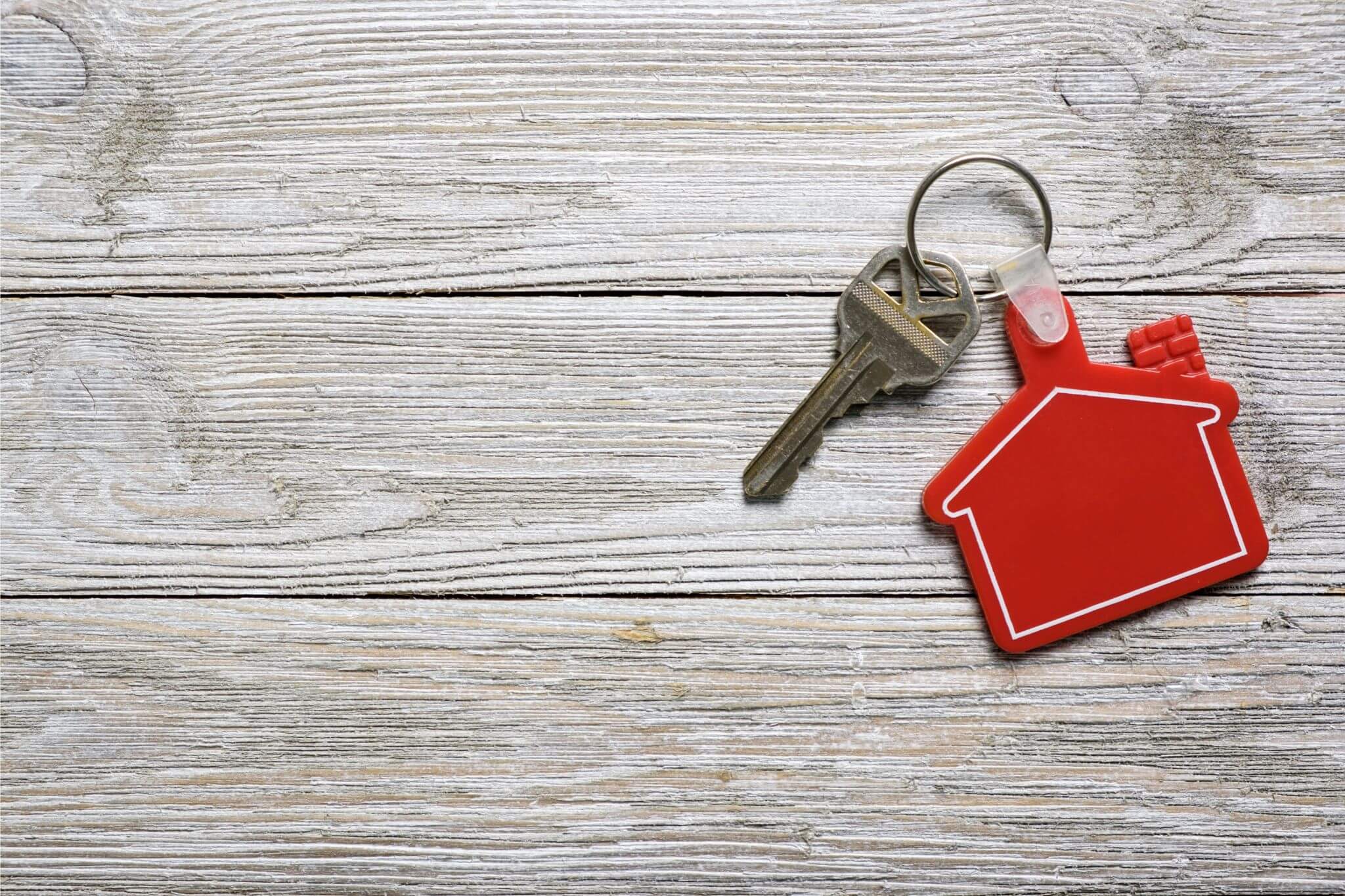If you own a rental property, are a landlord, letting agent or property manager then you have a legal responsibility to ensure the safety of tenants, by managing all fire risks and hazards.
For those who are tenants, living in a rented property, it is also important that you understand your rights and what it is that those responsible should be doing in order to keep you safe from the dangers of fire.
What Is a Fire Risk Assessment?
A fire risk assessment is used to analyse a property and its occupants in order to best anticipate and prevent the risk of fire. By identifying potential fire hazards and assessing the risk that they pose, a properly conducted fire risk assessment helps to pin point which measures are already in place and those that need to be implemented to keep people safe.
Who Can Carry Out a Fire Risk Assessment?
The law does not specify who is allowed to carry out a fire risk assessment, but it does state that they must be competent and able to complete it suitably and sufficiently. The designated individual is referred to as the ‘responsible person’ and is often the landlord, building manager, property owner, facilities manager or managing agent. However, it is often advisable to utilise the services of a professional to carry out your residential fire risk assessments so that you know they are done properly and that your buildings are compliant.
What Should a Fire Risk Assessment Cover?
Not only is it important for those responsible to fully understand what a fire risk assessment entails but it is also sensible for the tenants who live in rented properties to know what to look out for so that they can inform their landlord if anything concerns them. Just some of the key areas of fire safety for any rental property such as a flat or HMO are;
- Sources of heat and things that could start a fire like faulty electrical wiring or equipment, heat-based appliances that could spark or have a naked flame and smokers’ materials.
- Fuel sources can be found in various forms around a building and include materials that allow fire to develop and spread such as flammable liquid, paper, wood, rubbish, paints, textiles, packing materials and furniture.
- People at risk need to be considered to ensure that any fire safety plans can include helping them properly in an emergency situation. This will consist of the elderly, young children, those with disabilities or who may require assistance.
- The building itself will be part of the assessment and covers the structure of the property itself and the common areas to check for fire resistance, hazards, obstructions or anything that could prevent safe evacuation.
Manage the Responsibility
There are several legal requirements for those responsible when it comes to fire safety, a large part of which is the fire risk assessment. This must be done so adequately and can be completed by the named person, but it is often extremely beneficial to use an independent, professional fire risk assessor who can record all fire safety measures in place and provide recommendations for additional measures.
When it comes to tenant responsibility, they can do their part by actively working with those in charge and doing things such as;
- Not leaving bikes, footwear or potential obstructions in the hallways
- Never blocking escape routes
- Not smoking in the property
- Reporting anything they see that they believe could be a potential fire risk so that it can be fixed.
Making themselves familiar with the escape plan for the property.

